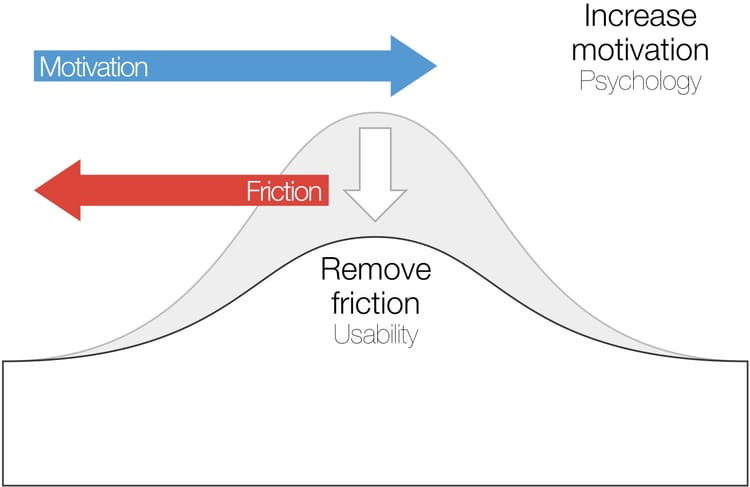When to 'End-of-life' a Partnership / Integration

While starting new partnerships and building new integrations is important, we should also consider when we should End-of-life (EOL / shut-down) previously built integrations.
This is a best practice, as no one wants lots of poorly adopted integrations, getting little investment, living on forever in a marketplace. It's not good for customers, developers or the partners involved.
The reasons you may choose to remove an integration are:
- Strategy changes
- Results were not as expected or didn't meet our goals
- Competitive dynamics between partners change
- ROI pressure
- Natural Evolution or maturing of your platforms
- Changes in customer behavior
Strategy Changes
Probably the most common reason to EOL an inegration is due to a strategy change by one of the partners. Maybe you decided to exit a market. Maybe you decide to build or buy a solutions vs. Partnering. When there are major strategy changes at your company, it's a good time to review your portfolio, and see if any changes should be made.
Didn't meet your goals
Sometimes, no matter how hard you try, an integration will not be a success. This could be down to incorrect assumptions, unexpected user behaviour, under-whelming adoption, quality or GTM challenges. When you have tried to course correct, and it still does not work, it may be time to call it quits so you can focus on other opportunities.
Change in competitive dynamics
Sometimes the competitive dynamics in a partnership can change quickly. This is most likley caused by M&A activity, but it can also be down to quick pivots in response to external events like WFH or the current trend of "AI-in-everything".
When this happens you may come to realize that a partnership or certain integrations no longer make sense to keep working on.
ROI Pressure
Maintaining integrations can be an expensive business! Even without new feature development you need to:
- Respond to customer issues
- Provide customer support
- Maintain marketplace listings
- Monitor the API for any "breaking changes"
- Pay for platform and hosting
- Monitor for performance and other issues
- Opportunity cost of not doing other things
If you do not see strong customer adoption, at some point the Investment may outweigh the Return, and you will have to make a change.
Natural Evolution
No product or Partnership lasts forever. Maybe an integration made sense when your platform was nascent, but now it has matured it is no longer needed. Maybe the original teams involved in a partnership have moved on, and the new teams have different priorities. These scenarios should be reviewed objectively and changes made if necessary.
Changes in customer behaviors
Maybe when you built the original integration, your partner was the market leader? If down the road, a new market leader emerges, you may need to focus on that relationship due to demand from your customers.
Killing an integration is not something you should do without careful consideration, but it's also not something to be afraid of if it needs to be done.
"At the heart of capitalism is creative destruction." - Joseph A. Schumpeter
If you enjoyed this piece, please share it. Thanks. 🙏




